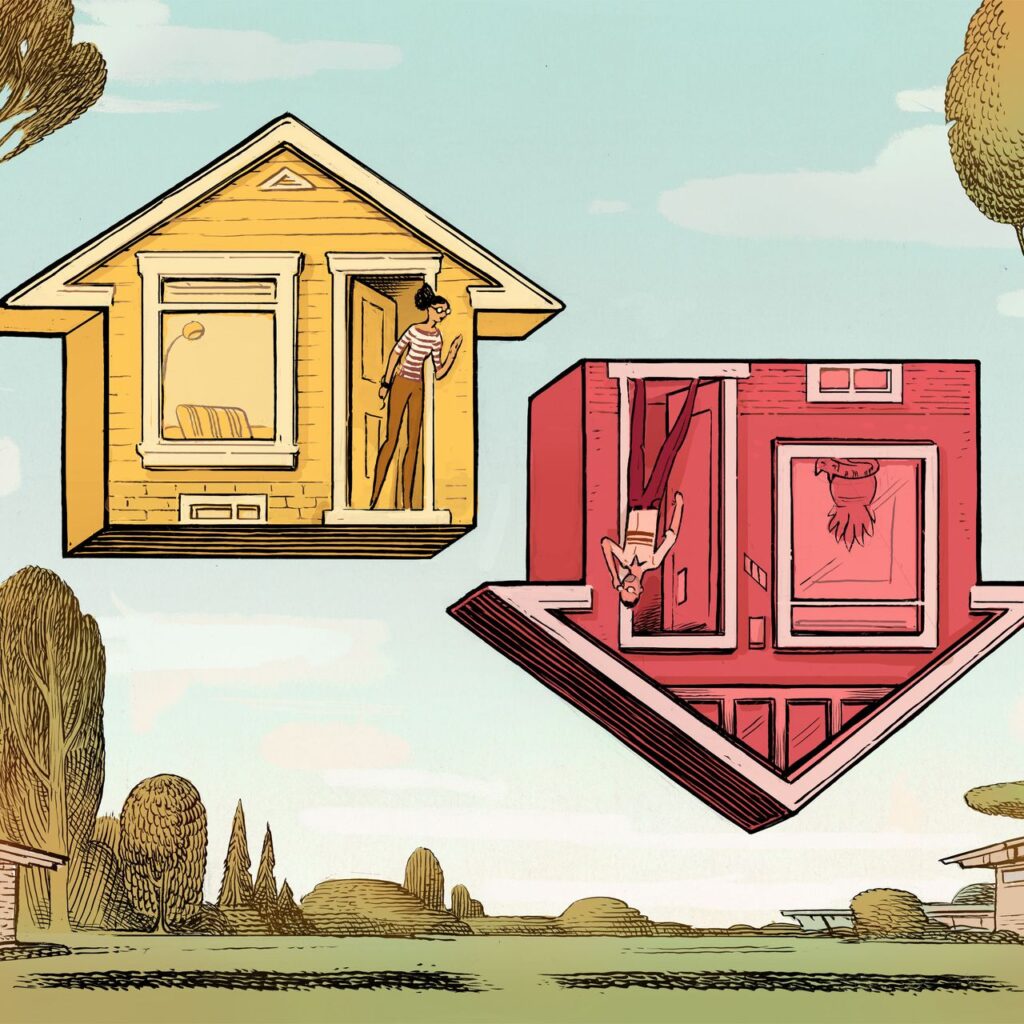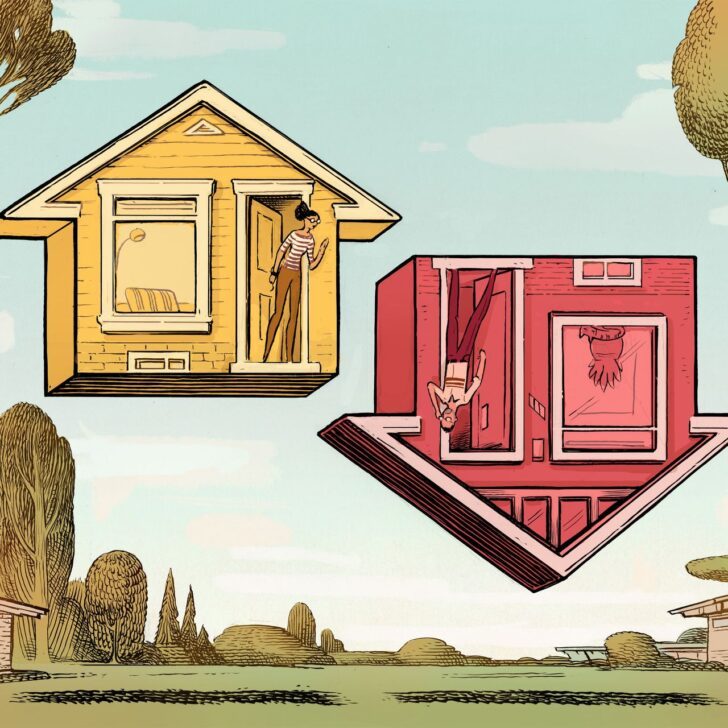
Mortgage rates have gone up so quickly in the past few days that it’s hard to believe. This is especially true when you consider that rates were already close to their highest point in more than a decade before this started. As of yesterday afternoon, the average quote for a top-tier 30-year fixed loan went up from 5.55 percent on Thursday to 6.28 percent.
Last Friday, a key report on inflation called the Consumer Price Index (CPI) showed that prices were going up faster than expected. This was the start of the drama. Right now, inflation is the Fed’s biggest worry, and it’s the main reason why they’re pushing rates up more and more in 2022.
But the CPI by itself would not have been worth all the trouble we went through. The recent chaos was made worse by the fact that the financial market knew about a Fed statement on Wednesday and that the Fed was in a “blackout period,” which is a time when they don’t talk about the economy. During the blackout period, the Fed doesn’t say anything about monetary policy in public. To put it another way, the markets didn’t know how the Fed would respond to the CPI data, so speculation was rampant.
The Federal Reserve doesn’t set mortgage rates, and its decisions don’t have the same direct effect on mortgage rates as they do on rates for savings accounts and CDs. On the other hand, the Fed is closely watched by key players in the mortgage market, and how the mortgage market interprets the Fed’s actions affects how much you pay for your house loan.
At the end of its June meeting, the Federal Reserve raises the federal funds rate by 3/4 of a percentage point. More changes are likely before the end of the year.
In a statement released after the meeting, the Federal Open Market Committee said, “Inflation remains high because of supply-and-demand imbalances caused by the pandemic, higher energy prices, and other price pressures.”
What makes mortgage rates change?
Mortgages with a fixed rate are based on the 10-year Treasury rate. When this rate goes up, the popular 30-year fixed-rate mortgage goes up as well, and vice versa.
Fixed mortgage rates are also affected by other things, such as supply and demand. When they have too much business, mortgage lenders raise their rates to cut down on demand. When business is slow, they lower prices to get more customers.
Rates are also affected by what people think inflation will do. Interest rates tend to go down when inflation is low. Rates on fixed mortgages go up in the same way that prices do.
It’s also important that investors can buy MBS on the secondary market. Most lenders bundle the mortgages they approve and sell them to investors on the secondary market.
When investors want to buy homes, mortgage rates tend to go down. If investors aren’t buying, rates may go up to get people to buy.
When people get a new mortgage or refinance their current one, the Fed’s actions indirectly affect the rates they pay on their fixed-rate home loans.
What do decisions about the Fed rate mean for mortgages?
The Federal Reserve decides on the federal funds rate. This is the interest rate that banks and other financial institutions use to lend money to each other overnight.
The fed funds rate affects short-term loans like credit card debt and mortgages with adjustable rates. Unlike traditional fixed-rate mortgages, the fed funds rate has a floating interest rate that changes every month with the market. Long term, changes in the federal funds rate don’t have much of an effect on fixed-rate mortgage rates.
Find out what interest rate or customer discount you might be able to get from a lender, bank, or credit union with which you already work. Lenders often work with customers they already have to give them a better deal than they could get elsewhere.
Since mortgage rates are going up, you should keep an eye on the Federal Reserve and the economy and shop around for a rate that fits your budget and goals. As the Federal Reserve raises interest rates, mortgage rates will almost certainly go up as well.

